Color is one of the most powerful tools in design, influencing emotions, guiding perceptions, and even affecting decision-making. Whether you’re a seasoned designer or a novice, grasping the fundamentals of color theory can elevate your work and enhance your ability to communicate effectively. In this blog post, we’ll delve into the key principles of color theory and how they can be applied in design.
What is Color Theory?
Color theory is a set of principles used to understand how colors interact with one another and how they can be combined harmoniously.
It encompasses concepts from the color wheel, color harmony, and the psychological effects of color. By understanding these principles,
designers can create visually appealing compositions that resonate with their audience.
The Color Wheel
The color wheel, developed by Isaac Newton, is a visual representation of colors arranged according to their chromatic relationship.
It serves as a foundational tool for understanding color relationships and is divided into three main categories:
- Primary Colors: Red, blue, and yellow. These colors cannot be created by mixing other colors.
- Secondary Colors: Green, orange, and purple. These are formed by mixing equal parts of two primary colors.
- Tertiary Colors: These are created by mixing a primary color with a secondary color (e.g., red-orange, blue-green).
Color Harmony
Color harmony refers to aesthetically pleasing color combinations that create a sense of balance and order. Here are some popular color schemes:
Complementary Colors: Colors that are opposite each other on the color wheel (e.g., blue and orange). These create a high contrast and vibrant look when used together.
Analogous Colors: Colors that are next to each other on the color wheel (e.g., blue, blue-green, and green). These combinations are harmonious and often found in nature.
Triadic Colors: Three colors that are evenly spaced on the color wheel (e.g., red, yellow, and blue). This scheme offers vibrant contrasts while maintaining balance.
Monochromatic Colors: Variations in lightness and saturation of a single color. This creates a cohesive and unified look, perfect for minimalistic designs.
The Psychology of Color
Colors evoke emotions and can significantly impact how a design is perceived. Here are some common associations:
Red: Passion, energy, urgency. Often used in sales and food branding.
Blue: Trust, calm, professionalism. Popular in corporate branding.
Green: Nature, health, tranquility. Frequently used in eco-friendly designs.
Yellow: Optimism, cheerfulness, caution. Effective for grabbing attention.
Purple: Luxury, creativity, mystery. Common in beauty and high-end brands.
Applying Color Theory in Design
Define Your Brand: Identify the emotions and messages you want to convey through your brand. Choose a color palette that aligns with these values.
Consider Your Audience: Different cultures and demographics may have varying associations with colors. Research your target audience to select colors that resonate with them.
Experiment and Iterate: Use tools like Adobe Color or Canva’s color palette generator to experiment with different combinations. Test your designs to see how the colors work together in various contexts.
Maintain Accessibility: Ensure your color choices are accessible to all users, including those with color vision deficiencies. Tools like contrast checkers can help you maintain legibility and accessibility.
Stay Current: Color trends can change, so keep an eye on industry trends and seasonal palettes. Websites like Pantone offer insights into popular color trends each year.


